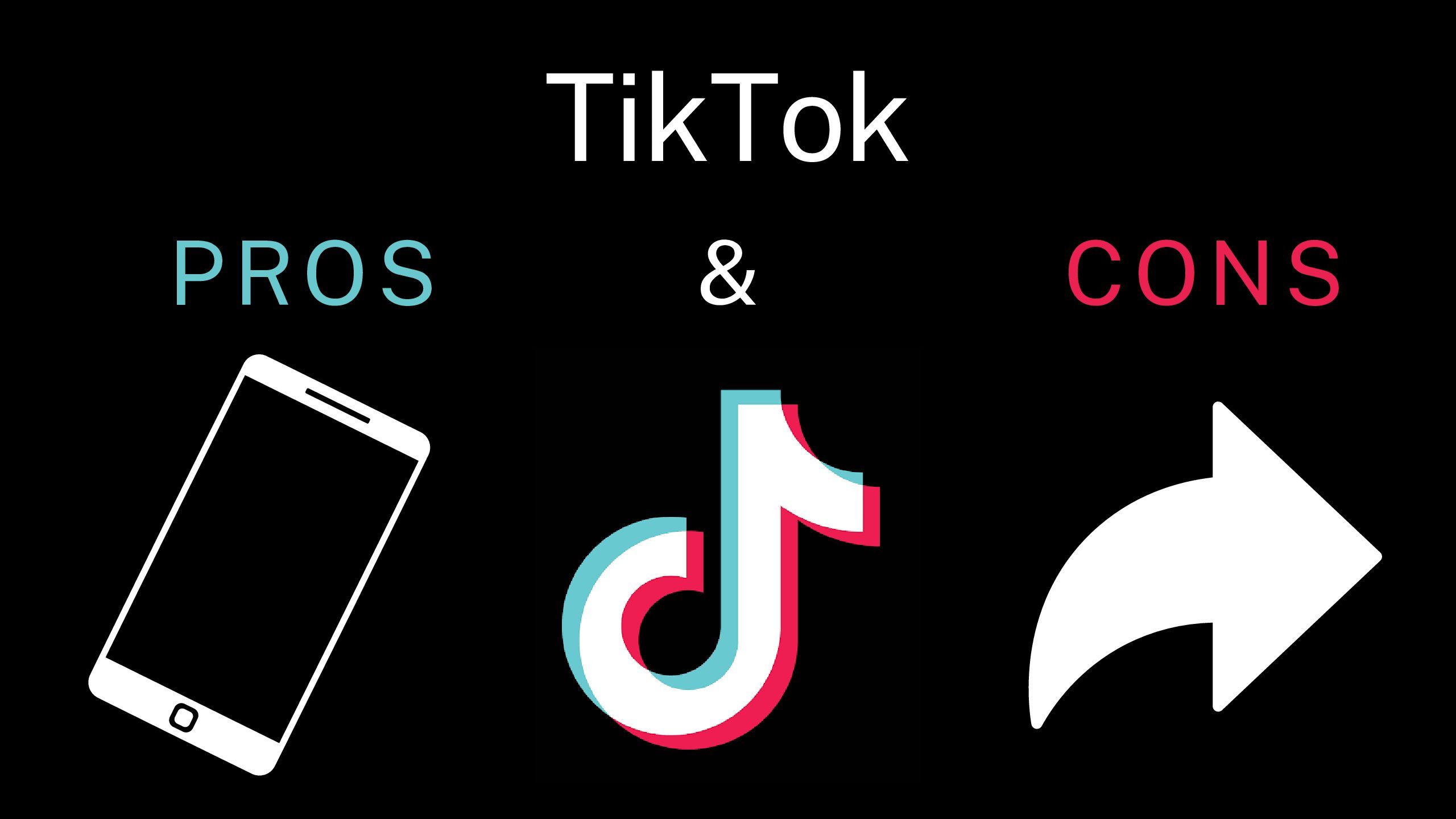

In the ever-evolving landscape of social media apps, TikTok has emerged as a global phenomenon that’s reshaping how we consume and create content. Let’s learn more about this topic below with Word Search as we dive deep into what makes this app so captivating, yet potentially concerning for some users.
TikTok’s meteoric rise to popularity can be attributed to its unique approach to content delivery. The app’s algorithm-driven “For You Page” (FYP) provides an endless stream of short-form videos tailored to each user’s interests. Unlike traditional social media platforms, TikTok doesn’t require you to follow specific accounts to start enjoying content – it learns your preferences through your viewing habits and interactions.
The app’s success lies in its ability to keep users engaged through quick, entertaining content that ranges from dance challenges and comedy skits to educational tutorials and life hacks. Its interface is intentionally simple, making it accessible to users of all ages and technical abilities. The instant gratification of short videos combined with the platform’s sophisticated recommendation system creates a highly addictive user experience.
Read more: Top 10 Must-Have Mobile Apps in 2025
TikTok’s video creation tools are surprisingly robust for a mobile app. Users can access a wide array of filters, effects, and sound clips to enhance their content. The built-in editing features allow for seamless cutting, timing adjustments, and the addition of text overlays. The duet and stitch features enable creative collaboration between users, fostering a sense of community and encouraging trend participation.
The music integration is particularly noteworthy, with an extensive library of licensed songs and sounds. Users can easily sync their videos to music, creating the platform’s signature lip-sync and dance videos. The app also includes live streaming capabilities and a virtual currency system for tipping creators, though these features are limited to users who meet certain criteria.
From a technical standpoint, TikTok performs remarkably well across different devices and network conditions. The app’s video compression algorithms maintain reasonable quality while ensuring quick loading times. However, this efficiency comes at the cost of battery life – heavy users may notice their devices draining faster than usual.
The app’s stability is generally good, though occasional glitches can occur during peak usage times. Video uploads are usually smooth, and the processing time is minimal compared to other video-sharing platforms. The app’s size varies by device but typically requires around 200-300MB of storage space, which is reasonable considering its functionality.
One of the most controversial aspects of TikTok is its data collection practices. The app collects significant user data, including device information, location data, and usage patterns. While this enables its powerful recommendation algorithm, it has raised concerns about privacy and data security, particularly regarding young users.
The platform has implemented various safety features, including private account options, content filtering, and screen time management tools. However, users should remain aware of the potential risks associated with sharing personal information and the app’s connection to its parent company, ByteDance.
TikTok has created its own unique culture and vocabulary, influencing everything from music trends to marketing strategies. The platform’s community guidelines are strictly enforced, aiming to maintain a safe and positive environment. However, content moderation remains a challenge, with occasional inappropriate content slipping through the filters.
The app’s impact on mental health is a topic of ongoing discussion. While it can be a source of entertainment and creativity, the endless scroll feature and highly engaging content can lead to excessive screen time and potential addiction issues, particularly among younger users.
For content creators, TikTok offers various monetization opportunities through the Creator Fund, brand partnerships, and live gifts. The platform has also introduced shopping features, allowing businesses to sell products directly through the app. These features are continuously evolving, making TikTok an increasingly attractive platform for entrepreneurs and marketers.
However, achieving success on TikTok requires consistency and understanding of trend dynamics. The platform’s rapid content turnover means creators must regularly produce content to maintain visibility and engagement.
Read more: Best Free Productivity Apps for Android and iOS
While other platforms have introduced similar features (like Instagram Reels and YouTube Shorts), TikTok maintains its edge through its superior algorithm and unique community culture. The app’s focus on short-form video content and its ability to surface niche interests sets it apart from traditional social media platforms.
The learning curve for content creation is generally lower on TikTok compared to other platforms, making it more accessible to new creators. However, the platform’s younger user demographic may not suit all business or content types.
TikTok excels as an entertainment platform and has legitimate potential for business and creative expression. Its strengths lie in its engaging content delivery, robust creation tools, and strong community features. However, users should approach the platform mindfully, being aware of privacy concerns and potential time management issues.
For casual users seeking entertainment, TikTok offers an unmatched experience in short-form video content. Content creators and businesses should consider their target audience and resources before investing heavily in the platform. Parents should familiarize themselves with the app’s safety features and monitor their children’s usage. Ultimately, TikTok’s value depends largely on how it’s used – with proper awareness and moderation, it can be both entertaining and productive.